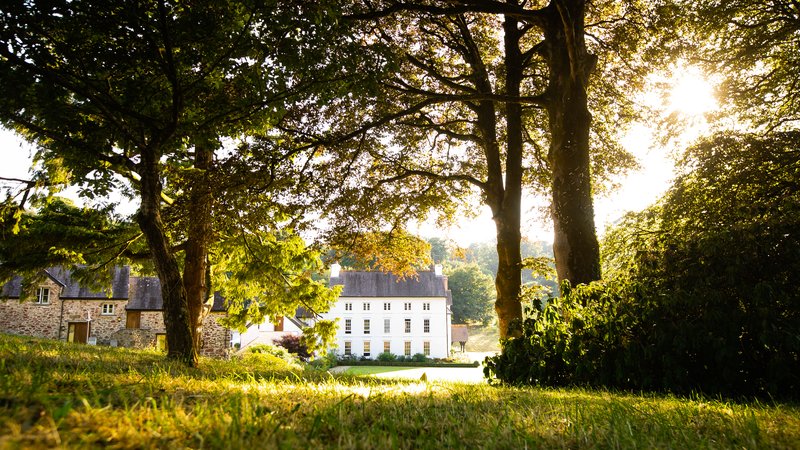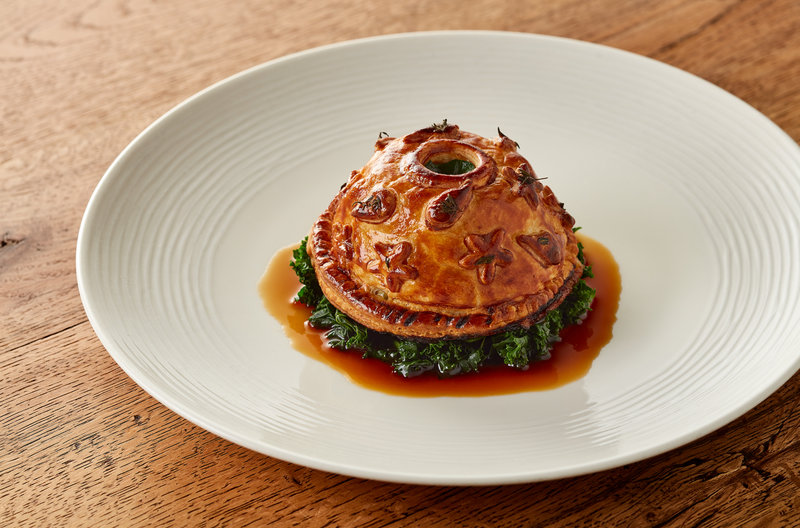Things To Do
BEACHES
Whether it’s to walk on the amber sand or set out on a coasteering adventure along the volcanic shoreline, many come to Pembrokeshire for the beaches. Tenby and Saundersfoot draw the most attention. But there are tucked-away bays to discover too. Try Church Doors Cove where the stratified headland has created a geological gateway to the sea. Or take the steep steps down to Presipe Bay, with epic sandstone cliffs set against cobalt sea – and fossils to be found.
NATURE
The Pembrokeshire Coast Path is the defining feature of this region. A rugged and breath-taking 186 miles, carved out over time by volcanic activity and glaciers. Start in the north, exploring the ancient woodland around Fishguard, discover St Davids, an enchanting city-in-miniature, and take in the seaside charm of Saundersfoot. Wildlife lovers can board a boat to tiny Ramsey Island, which peregrines, guillemots and seals call home.
LANDMARKS
In parts of Pembrokeshire, the coastline is speckled with castles. The region’s feature fort is Pembroke Castle, birthplace of Tudor King Henry VII – with sweeping tower views, dark dungeons to explore and plenty to capture the imaginations of aspiring Knights. Those imaginations will come in handy at St Davids Bishop’s Palace and St Non’s Bay, where ruins give glimpses of 14th-century history. While here, call in at St David’s Cathedral – a calm and captivating space.












_P.jpg)
_P.jpg)





_P.jpg)









